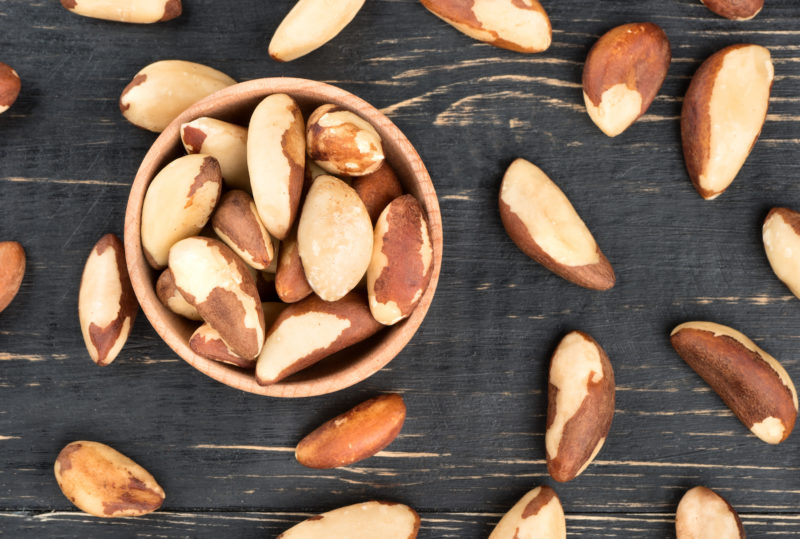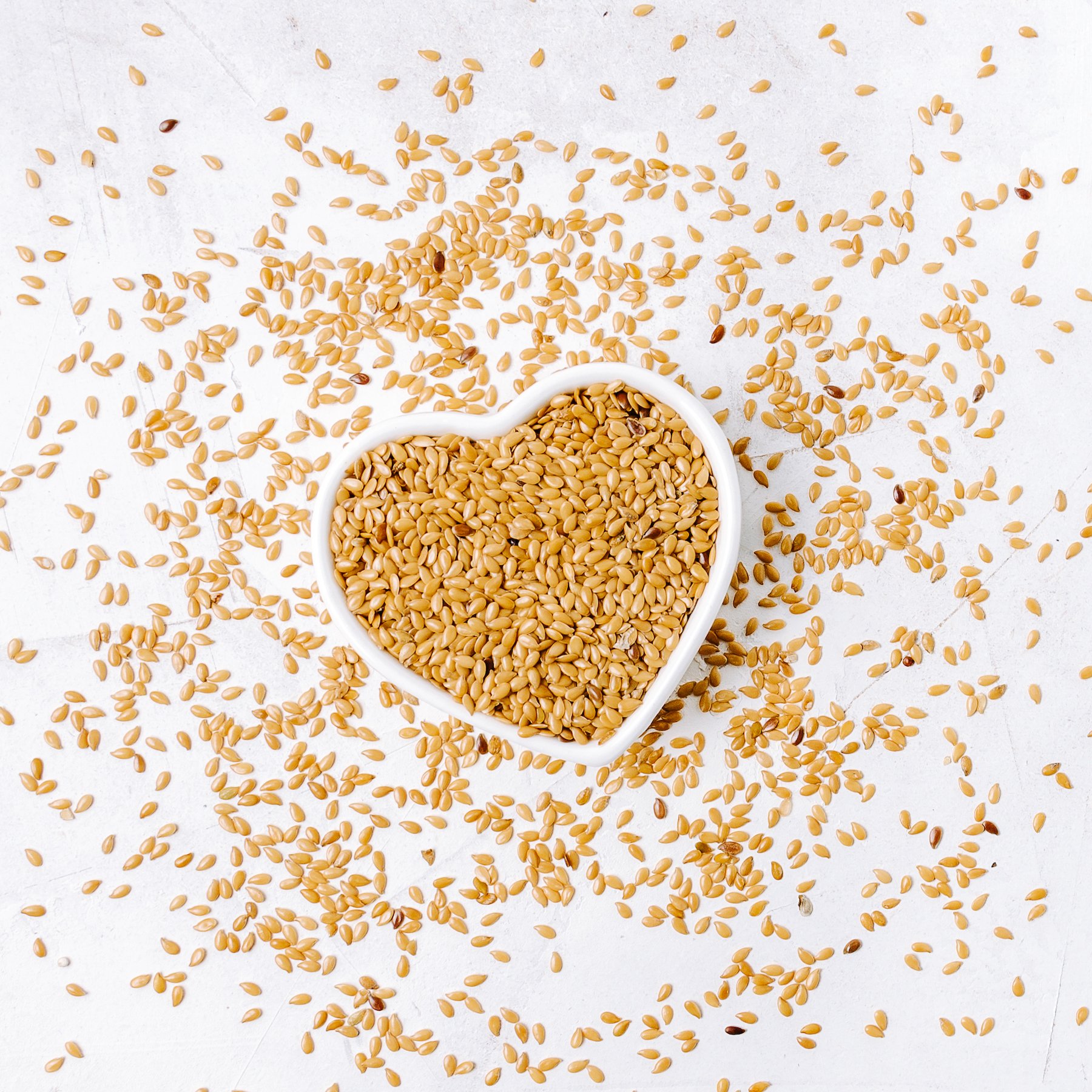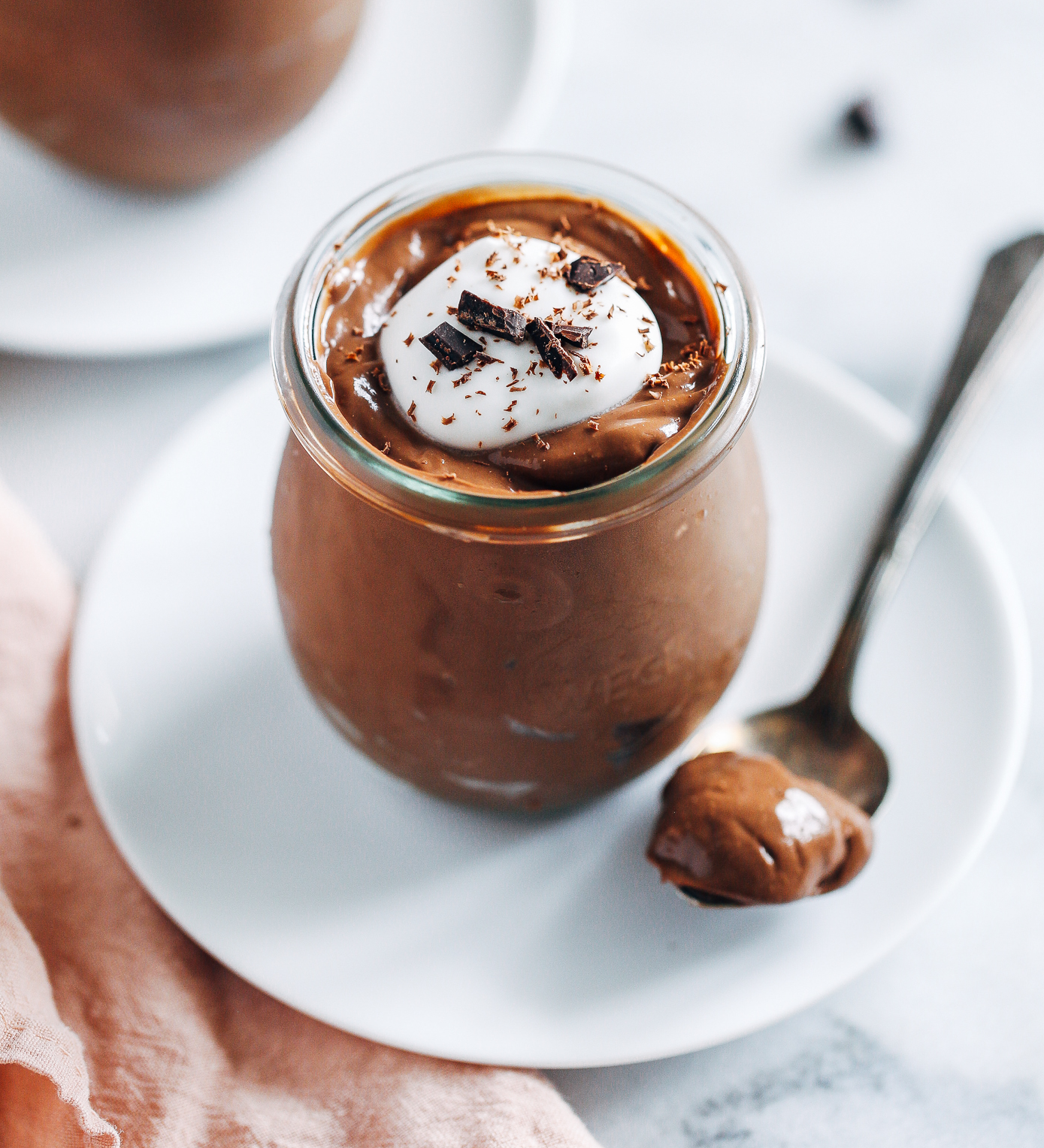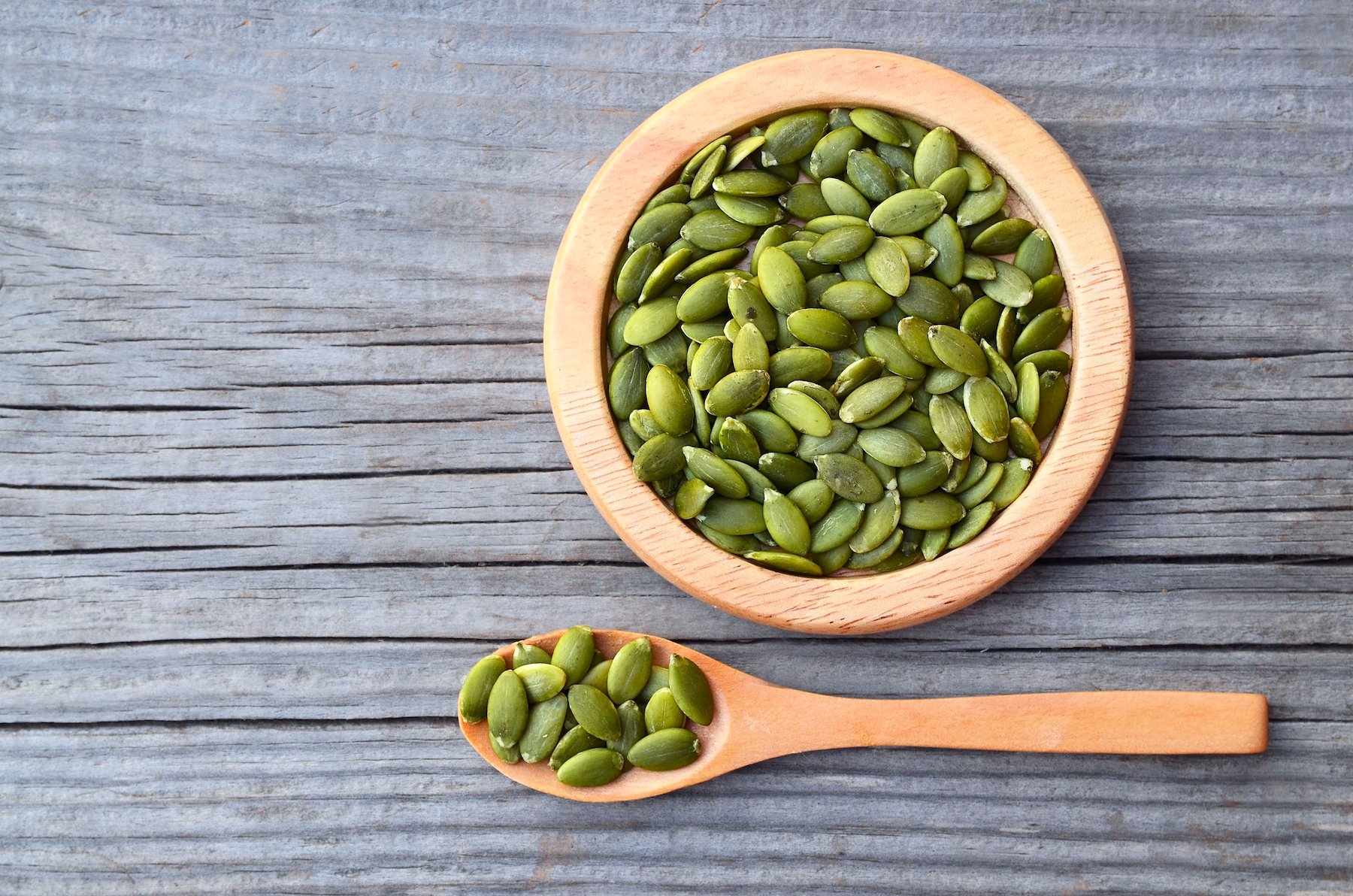Brazil nuts are so full of micronutrients, eating a single one can deliver real metabolic health benefits.
Brazil nuts (Bertholletia excelsa) are large, triangular, nutrient-packed tree nuts native to the Amazon rainforest region in South America. They are known for their mild flavor, creamy texture, and host of health benefits. Historically, Brazil nuts were used medicinally by native South American tribes. When Brazil nut trees flower, the blossoms last for a single day before falling to the ground, at which point they can be collected—by humans and animals alike.
“Brazil nuts are the best source of selenium among plant-based foods. In fact, just one nut provides about 160% of the RDA of this essential trace mineral.”
Current research shows tree nuts, like Brazil nuts, offer protection from cardiovascular disease. In a study of people with atherosclerosis, nut consumption was associated with reduced levels of inflammatory markers, C-reactive protein, interleukin (IL)-6, and fibrinogen, which matters because inflammation can increase your risk of heart disease, metabolic dysfunction, and several chronic diseases.
Brazil nuts are also rich in fiber, protein, healthy fats (including polyunsaturated and monounsaturated fats), and many beneficial micronutrients, such as magnesium, calcium, potassium, and phosphorus. But Brazil nuts’ most valuable feature is their high concentration of selenium.
Why Selenium Matters
Brazil nuts are the best source of selenium among plant-based foods, and can be used in place of selenium supplementation. In fact, just one nut provides about 160% of the U.S. Recommended Daily Allowance (RDA) of this essential trace mineral.
Selenium is a powerful player in the body’s antioxidant pathways and impacts reproduction, thyroid hormone metabolism, DNA synthesis, and immunity. Within the body, selenium gets incorporated into specific proteins and becomes part of their structure. These are called selenoproteins.
Much of the value of selenium comes from this family of more than two dozen selenoproteins, which are important antioxidant enzymes. Selenoproteins perform many functions in the body, including:
- Acting as antioxidants. Selenoproteins help quench free radicals and, therefore, protect cells, DNA, and organs from oxidative stress and damage. Since oxidative damage can lead to metabolic diseases like insulin resistance, antioxidants help fight disease and inflammation.
- Maintaining normal thyroid function. Selenium concentration is higher in the thyroid gland than any other organ in the body and is essential for thyroid health and in thyroid hormone synthesis and metabolism. Additional research is needed, but selenium may even help treat certain thyroid diseases.
- Assisting in glucose metabolism. Selenium has been shown in animal studies to act as an “insulin mimetic,” meaning that it can help facilitate the processing of glucose into tissues for either storage or use as energy.
- Regulating the activation of signaling pathways and cellular functions. Signaling pathways are the routes by which chemicals and cells interact and carry out various functions, such as regulating certain hormones and modulating immune system response. Selenoproteins also assist protein folding (the formation of essential structures within the body) and promote immune cell signaling.
More Health Benefits of Brazil Nuts: Improved Cholesterol Levels
Brazil nuts’ micronutrients make it a superfood for heart health. The nuts have high monounsaturated fatty acids (MUFA) and saturated fatty acids (SFA). This combination is why consuming a few Brazil nuts per day simultaneously reduced LDL cholesterol and boosted HDL cholesterol in a study examining the effects of Brazil nuts on the lipid profile of healthy people in a small study. Researchers added that the nut’s fiber and selenium content also likely contributed to improved lipid profile.
How Many Brazil Nuts Per Day?
Reaping max nutrition from a serving of Brazil nuts is remarkably easy. One study with 130 healthy adults found that eating just 1 nut per day for 8 weeks resulted in lower total cholesterol and fasting blood sugar levels.
Another small study found that eating 4 Brazil nuts in a single meal improved selenium status.
All of this is good news, especially for those who follow vegan or vegetarian diets, as they may not be getting enough dietary selenium.
But keep in mind more is not necessarily better. The RDA for selenium for adults is 55 mcg/day. According to the National Institutes of Health, the tolerable upper limit of selenium is 400 mcg/day, which you’d easily reach by eating about 4 nuts a day. A single Brazil nut contains about 81 to 95 micrograms of selenium. Very high selenium levels can impact nervous system function, contribute to heart attacks, among other things (though this is very rare), and may interact with certain medications. Excess selenium intake can also lead to selenium toxicity, whose symptoms range from hair loss to joint pain. Research also suggests that high selenium levels can increase the risk of Type 2 diabetes for some people.
Of course, a few Brazil nuts will not offset an unhealthy lifestyle. Adding these nutritious nuts to a healthy, balanced dietary pattern is the best way to reap all the benefits they have to offer.
Brazil Nuts Buying Advice
Shelled Brazil nuts should be creamy white, though they usually retain some of the edible brown skin on the surface as well. Nuts that have not been transported or stored correctly may appear darker in color, yellowish, and have an off scent. Because Brazil nuts are high in unsaturated fats—each nut contains about 60% to 70% fat—they tend to go rancid quickly.
Keeping unshelled nuts in an airtight container in the refrigerator or freezer will help keep their freshness for about 1-2 years, respectively.
How to Use Brazil Nuts
Brazil nuts may be eaten raw, blanched, or roasted. To enjoy the many benefits of Brazil nuts, try them in…
- Trail mix: Combine 1 cup Brazil nuts, 1 cup almonds, ¼ cup pumpkin seeds, a handful of goji berries, some toasted coconut flakes, and dried pineapple.
- Pesto: Use coarsely chopped Brazil nuts instead of the traditional pine nuts in your favorite pesto recipe.
- Nut butter: Give homemade almond butter or cashew butter a nutritional boost by incorporating ¼ cup Brazil nuts.
- Brownies, cookies, or muffins: Use chopped Brazil nuts in any recipe that calls for chopped nuts.
- Toppings for vegetables or salads: Sprinkle chopped Brazil nuts on cooked green beans or spinach salad for a crunchy topping.







